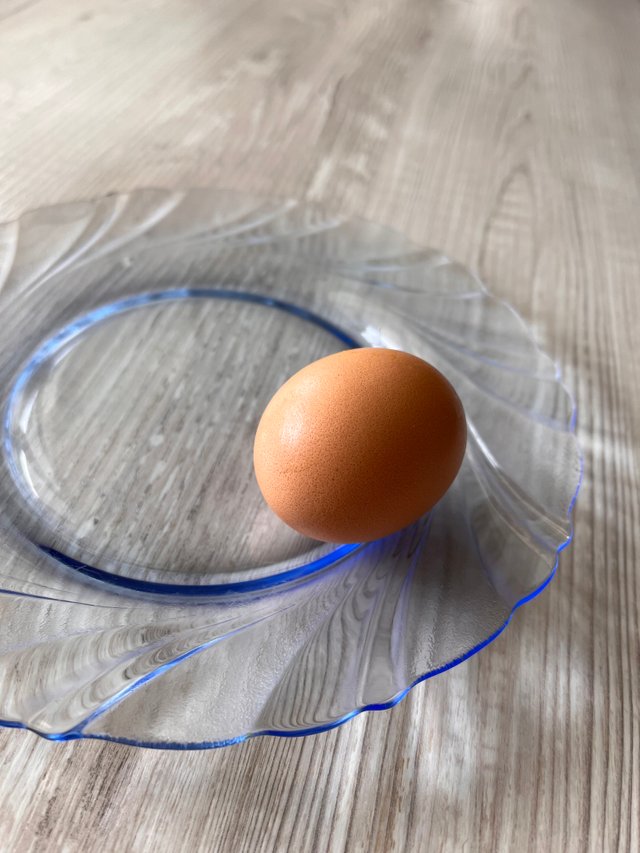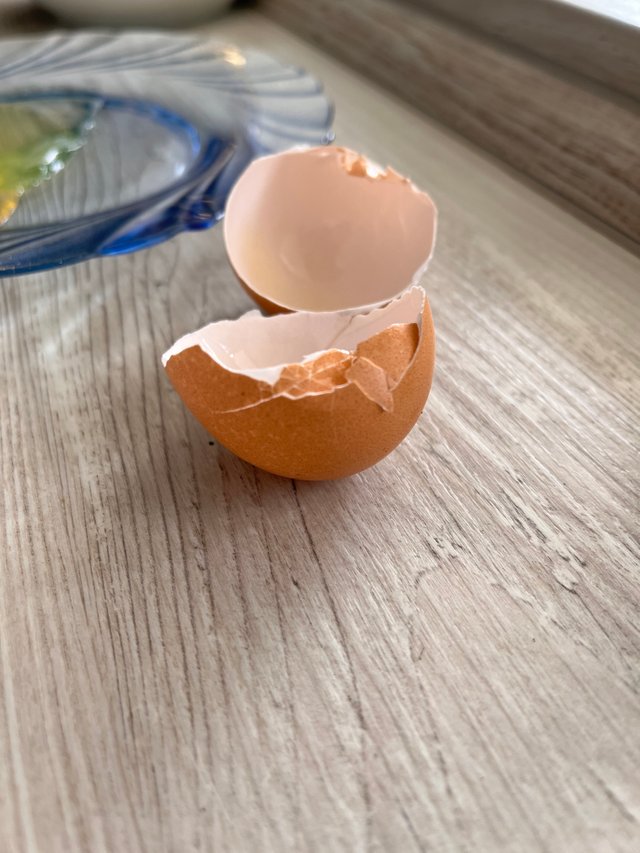What does an egg mean and how is it formed? by @therichguy19
Hello World!
I want to ask you something: What do you think of when you hear the word egg in the Neibourhood and how often do you eat it?
Personaly i Love eggs and i eat them everyday at the breakfast. If i would have to ask a doctor obout it he will tell me that i am crazy and i have to changhe something in my diet! :))))
Anyway... Have you ever tried to find out how the egg is formed in the hen's nest and how do they appear?
I did it and i will try to share it with you.
You have here a picture with a normal egg, chicken egg, from my birds, you saw them in my oder posts
So, In the early stages, the yolk, which is actually the mature ovum, forms in the ovary, in the cortical tissue. The mature follicle (De Graff) expels the mature egg (yolk) into the tube's flag, where by rotational movements it passes through the neck of the tube and reaches the oviduct. FSH and LH hormones released by Pituitary gland are involved in this physiological process, under the influence of the light factor. The calf that represents the primordia (embryonic cells, ovogons) of the future mature egg (yolk) is formed in the growth follicle In the last 6-8 days, the calf grows much over the volume of the ripe yolk.
The egg white, the second component of the egg, is formed in the abuminogenic chamber, starting right from the neck of the fallopian tube and continuing along the albuminogenic chamber (oviduct). From the first layer of egg white deposited at the top of the albuminogenic chamber, by twisting, a kind of denser egg white rope is formed at both ends of the yolk, which suspends the yolk and keeps it centered, called saltines. It continues the rotational movements on the axis of these two salt marshes and is wrapped in a new layer of egg white.
Between these two layers of denser egg whites is a thicker layer of mucin and fluid egg whites. The deposition of fluid albumen over the second layer of dense albumen continues both in the isthmus and in the uterus, over which the membranes are deposited.
shells: one called visceral, which adheres intimately to the egg white and a second external, which attaches to the shell. As can be seen, the egg white has 4 layers: two dense and two fluid. The shell completes its process of formation in the uterus under the influence
estrogen hormones, calcium and phosphorus salts, in the presence of vitamins D and E.
Normaly, if you are hungry as hell and you have chickens at home, you will have to wait up to 22-26 hours, the time necessary for the egg to form. It passes into the vagina, and through the peristaltic movements of the uterus, the last reflex act of expelling the egg into the external environment takes place, through a common organ for eliminating manure, called the cloaca. In many birds, the egg formation time is shorter than 24 hours (22-23 hours) so that they lay an egg every day, causing long batches of eggs without intervals. The birds that produce a large amount of eggs are distinguished by a high intensity of laying. This involves laying as many eggs as possible long and intervals between series as short as possible and as few as possible.
Thanks A Lot Guys! Enjoy your time and be curious!
Love You and Hugs from @Moldova



